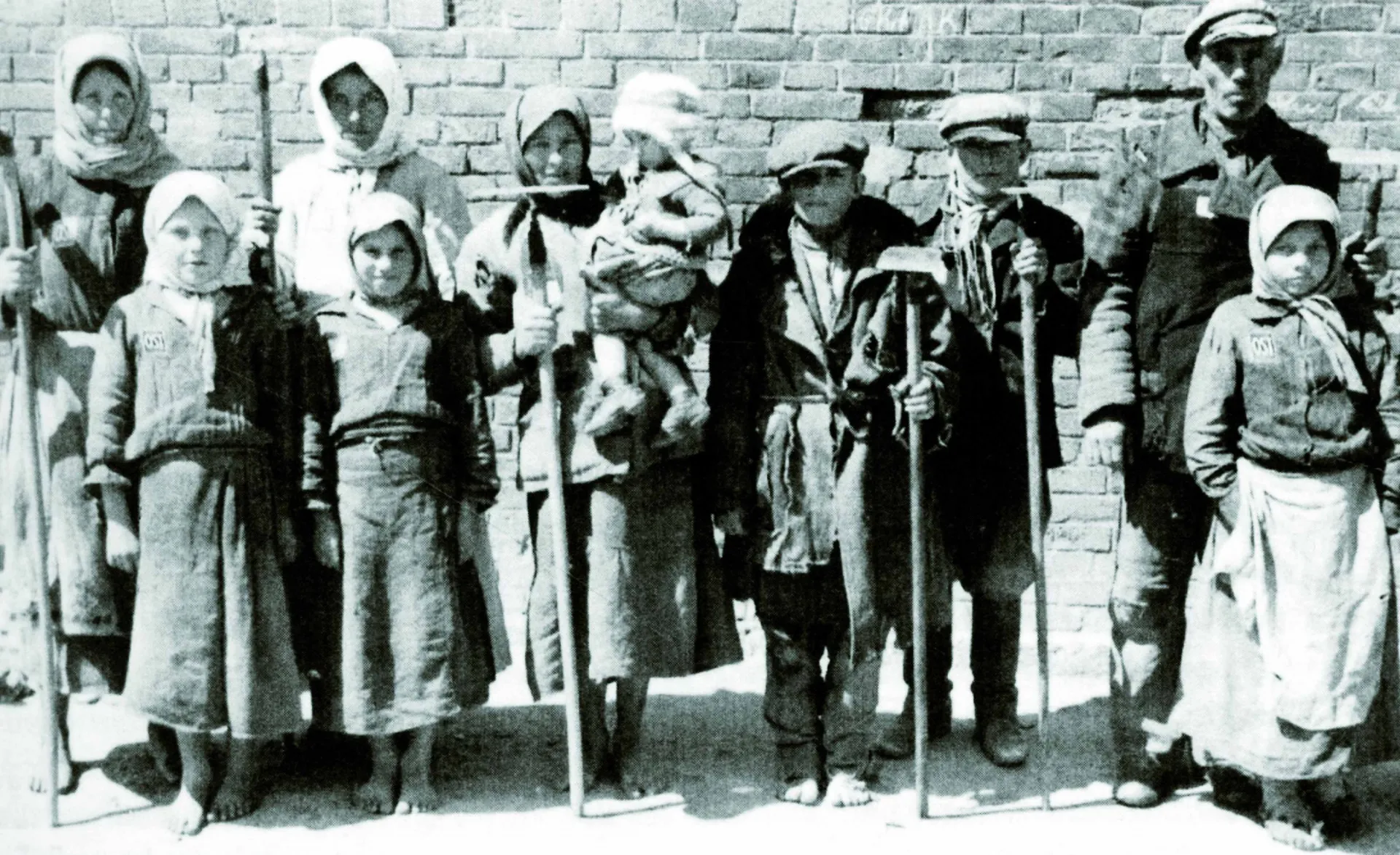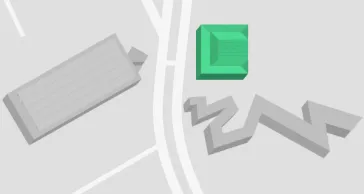Forced Labor
The Germans, the Forced Laborers, and the War
An Exhibition by the Buchenwald and Mittelbau-Dora Memorials Foundation

In Germany during the Second World War, forced laborers were exploited on nearly every building site and farm, in every industrial enterprise, and even in private households. Over 20 million men, women, and children were taken to Germany and the occupied territories from all over Europe as “foreign workers,” prisoners of war, and concentration camp inmates to perform forced labor. Every German encountered them.
The historical exhibits and photographs explored the relationship between Germans and forced laborers as it was defined by racism, offering insight into its many varying manifestations. And yet the people involved had agency: individual behavior determined whether forced laborers were humiliated and abused or, instead, encountered a shred of humanity.
The exhibition also showed how forced labor was part of the Nazi regime’s racist social order from the outset. The widely disseminated concept of ethnic insiders – the Volksgemeinschaft, or People’s community – functioned in tandem with the forced labor of the excluded.
Workbooks issued by the employment office of the German Reich for foreign forced laborers; Buchenwald Concentration Camp Memorial, Weimar
At the end of the exhibition, former forced laborers spoke up in multiple historical eyewitness interviews.
The international traveling exhibition The Germans, the Forced Laborers, and the War presented the history of forced labor and its ramifications after 1945 comprehensively for the first time. It was initiated and sponsored by the Remembrance, Responsibility, and Future Foundation. The exhibition made a stop at the Jewish Museum Berlin, followed by appearances in Moscow, Warsaw, Prague, and elsewhere.
Exhibition Information at a Glance
- When 28 Sep 2010 to 30 Jan 2011
- Where Old Building, level 1
Lindenstraße 9-14, 10969 Berlin
See Location on Map



